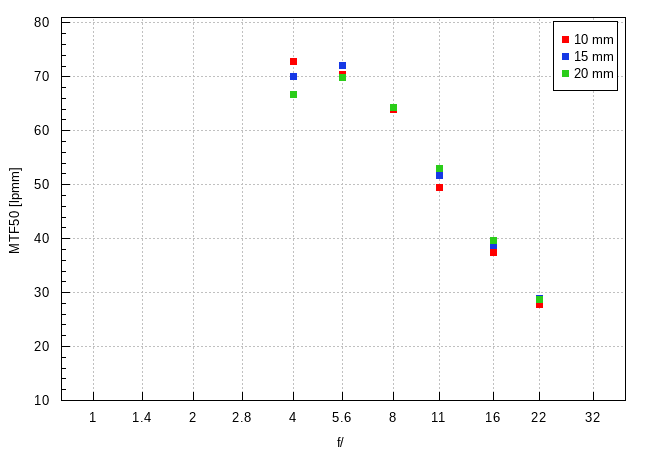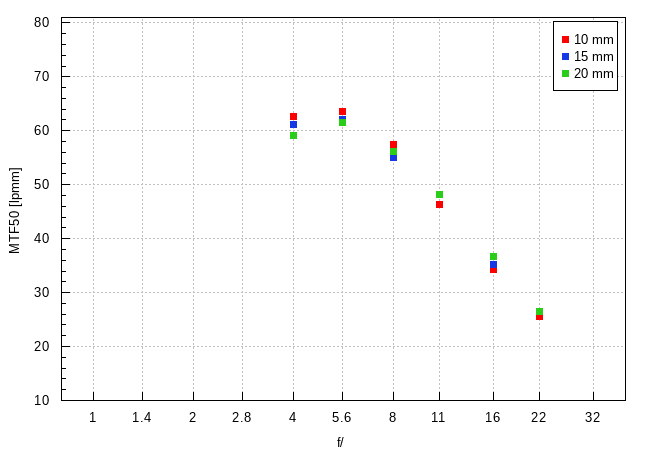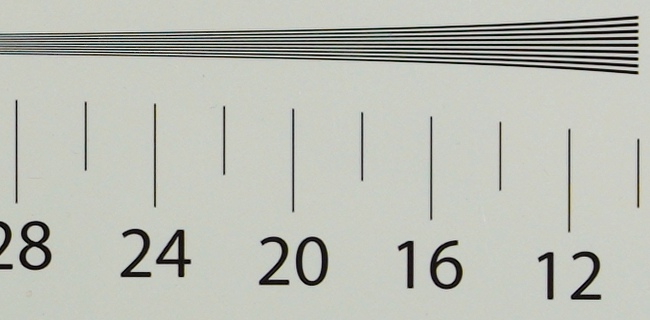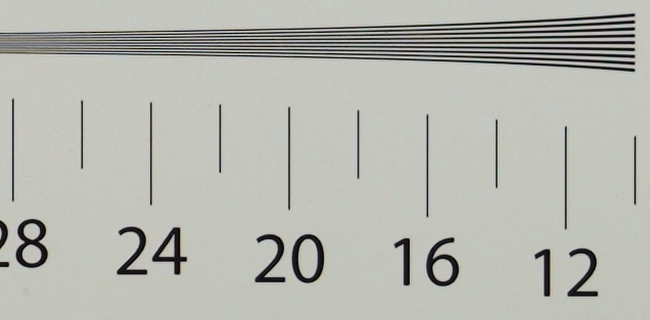Sony E PZ 10-20 mm f/4 G
4. Image resolution
Let's check how the Sony PZ E 10-20 mm f/4 G compares – its results in the frame centre at 10, 15, and 20 mm presents a graph below.

Please Support UsIf you enjoy our reviews and articles, and you want us to continue our work please, support our website by donating through PayPal. The funds are going to be used for paying our editorial team, renting servers, and equipping our testing studio; only that way we will be able to continue providing you interesting content for free. |
- - - - - - - - - - - - - - - - - - - - - - - - - - - - - - - - - - - - - - - - - - - - - - - -
Very even performance is the first thing that sticks out. From f/5.6 aperture onward values for particular focal lengths are practically the same. At the maximum relative aperture you can set a kind of hierarchy, with the highest result of almost 73 lpmm at the shortest focal length and almost 67 lpmm at the longest but you have to admit these differences aren't huge anyway.
The second, very crucial information concerns the performance by f/4.0 and f/5.6, two apertures that might be the most popular among users of this instrument. Here you deal with a level near 70 lpmm so a truly brilliant result for an ultra-wide angle zoom lens. No weak points in this category.
What about the edges of the APS-C sensor – will there be any weak spots? After all they are not so easy to correct with such angles of view.

Once again the performance is very even and very good at the same time. Already at the maximum relative aperture you deal with a very high level of 60 lpmm which increases a bit on stopping down the aperture to f/5.6. Then diffraction comes into play and MTFs start to decrease.
To sum up I am very pleasantly surprised by the performance of the Sony PZ E 10-20 mm f/4 G when it comes to resolution. With such an aperture fastness it would be difficult to expect any record values and an ultra-wide angle of view is not that easy to correct. Despite that, Sony did a good job here and offered a lens that is able to provide sharp, crisp images across the frame up from the maximum relative aperture and at every focal length – a trully impressive performance.
At the end of this chapter, traditionally, we present crops taken from photos of our resolution testing chart saved in JPEG format alongside RAW files which we used for the analysis above.
| Sony A7R III, JPEG, 10 mm, f/4.0 |
 |
| Sony A7R III, JPEG, 20 mm, f/4.0 |
 |






